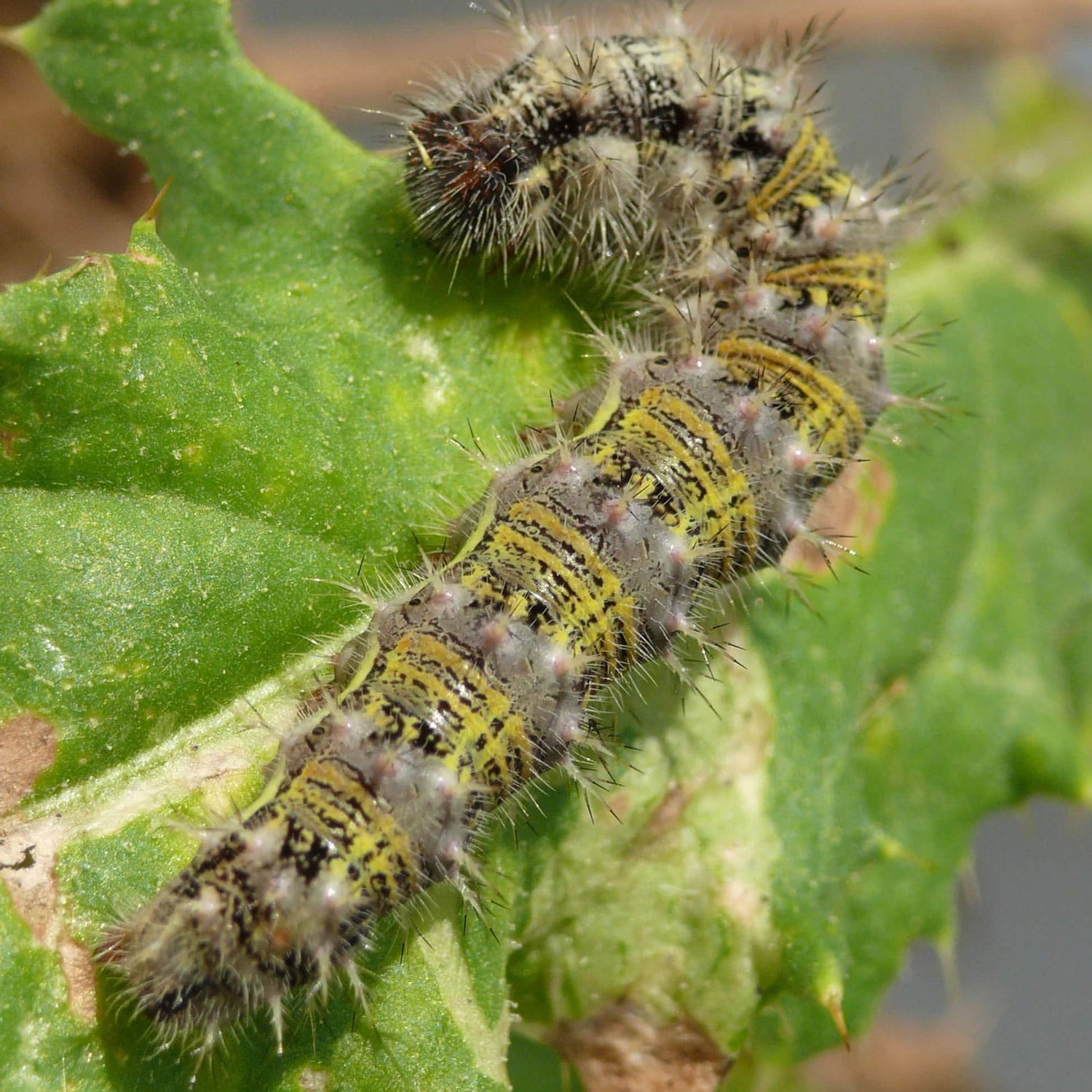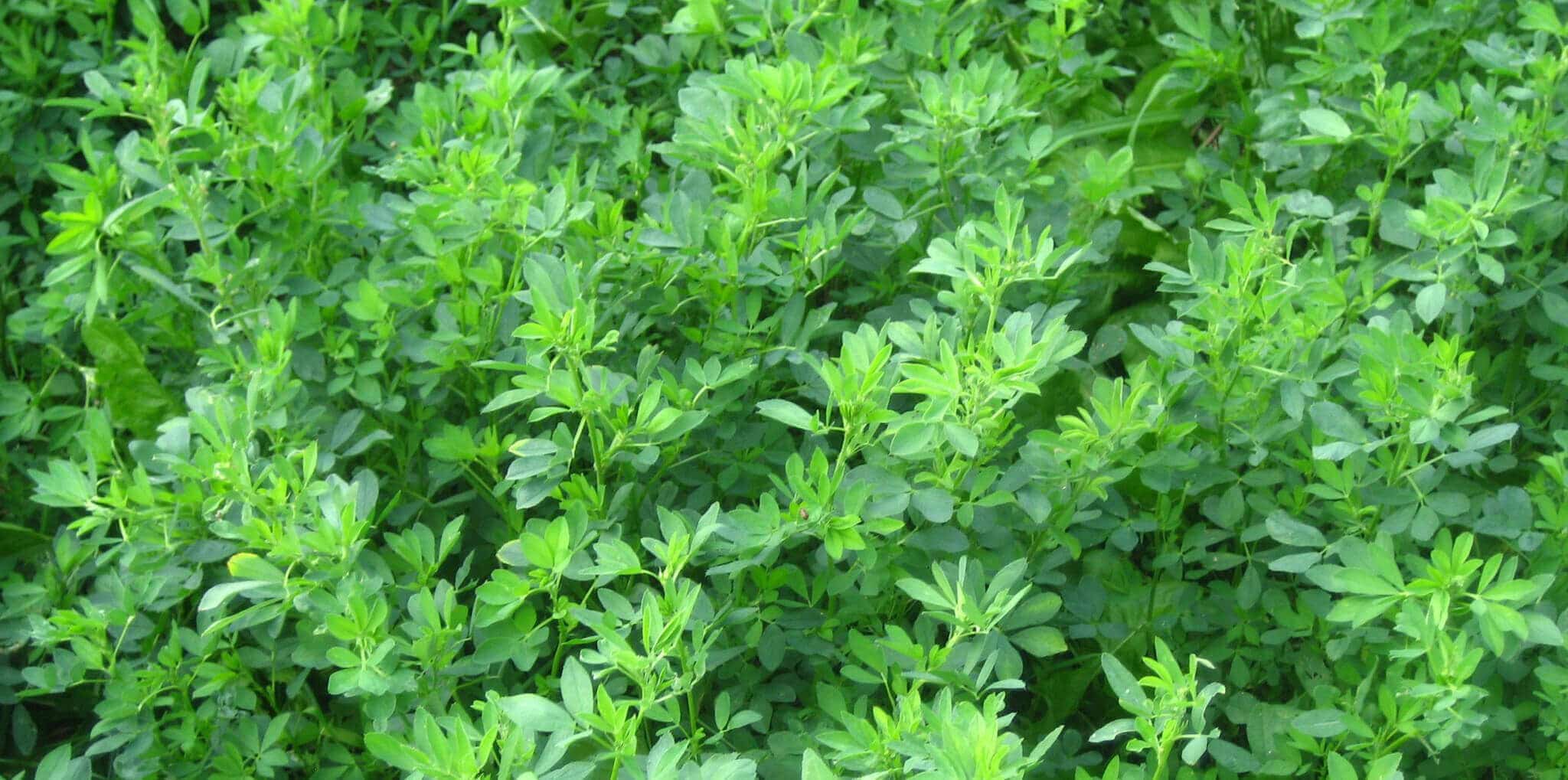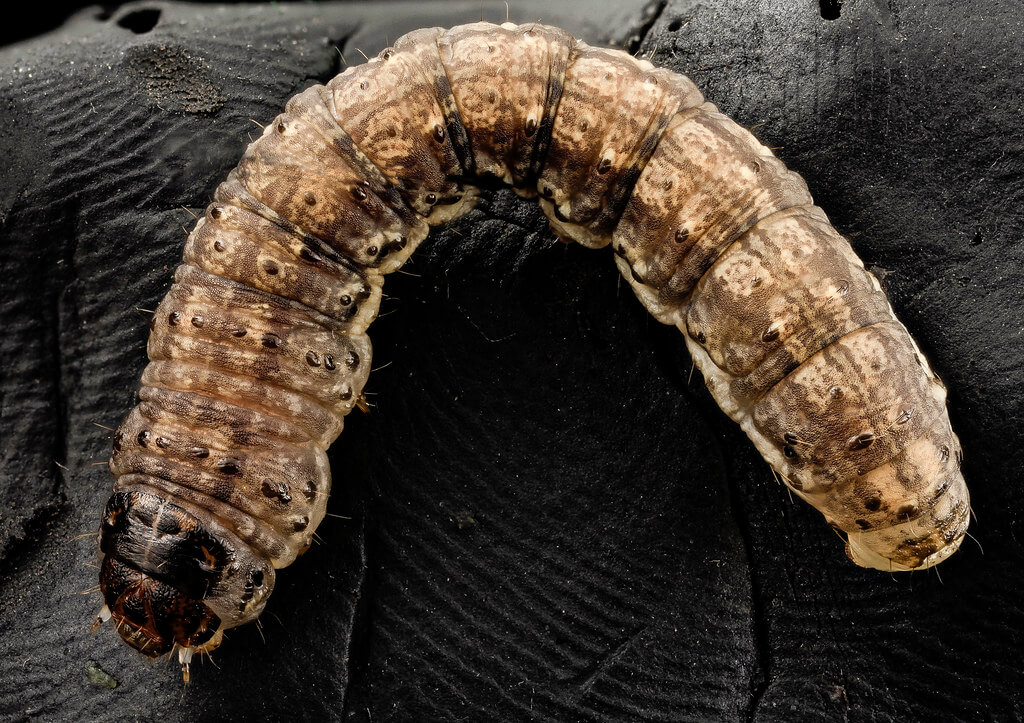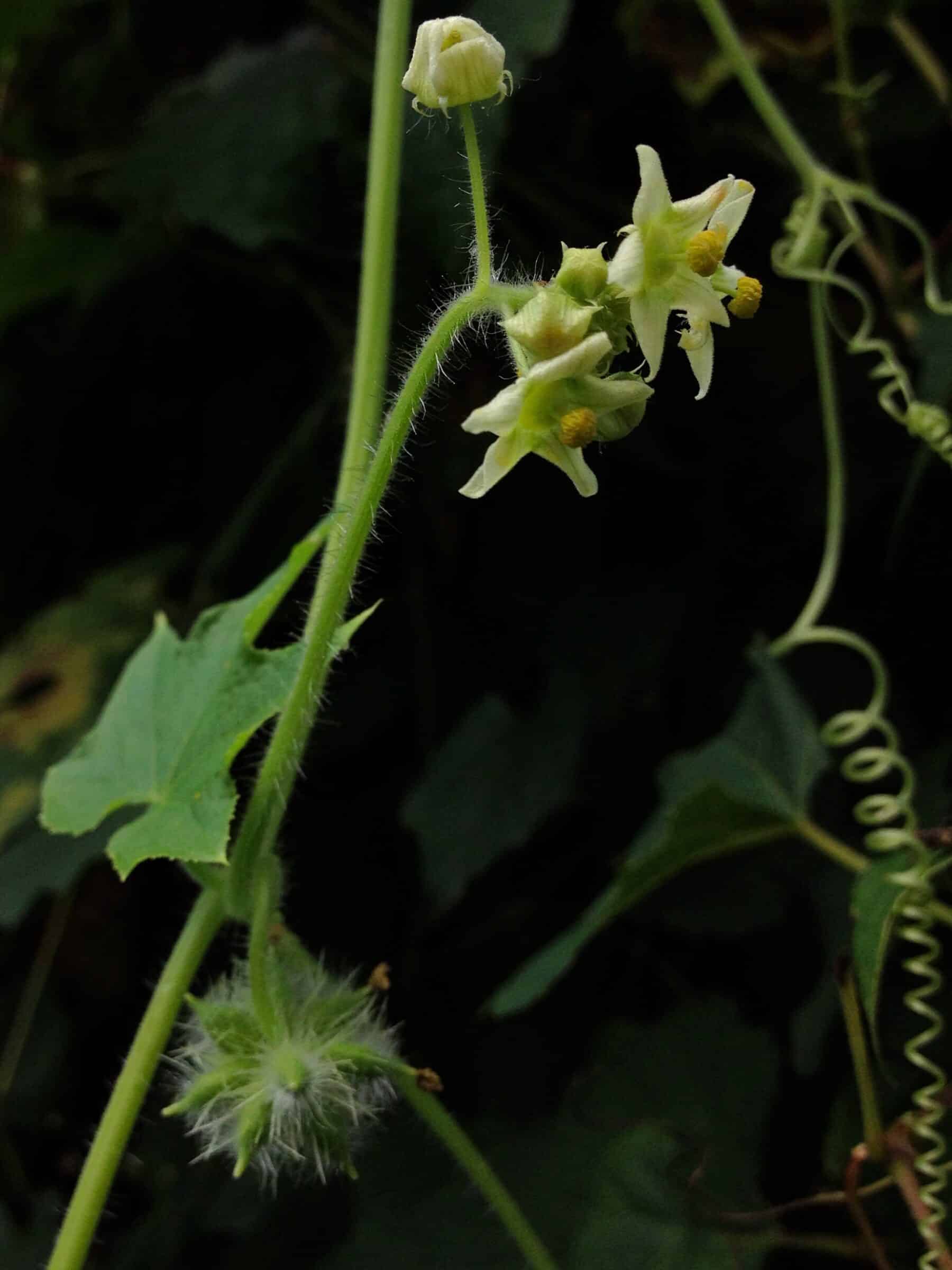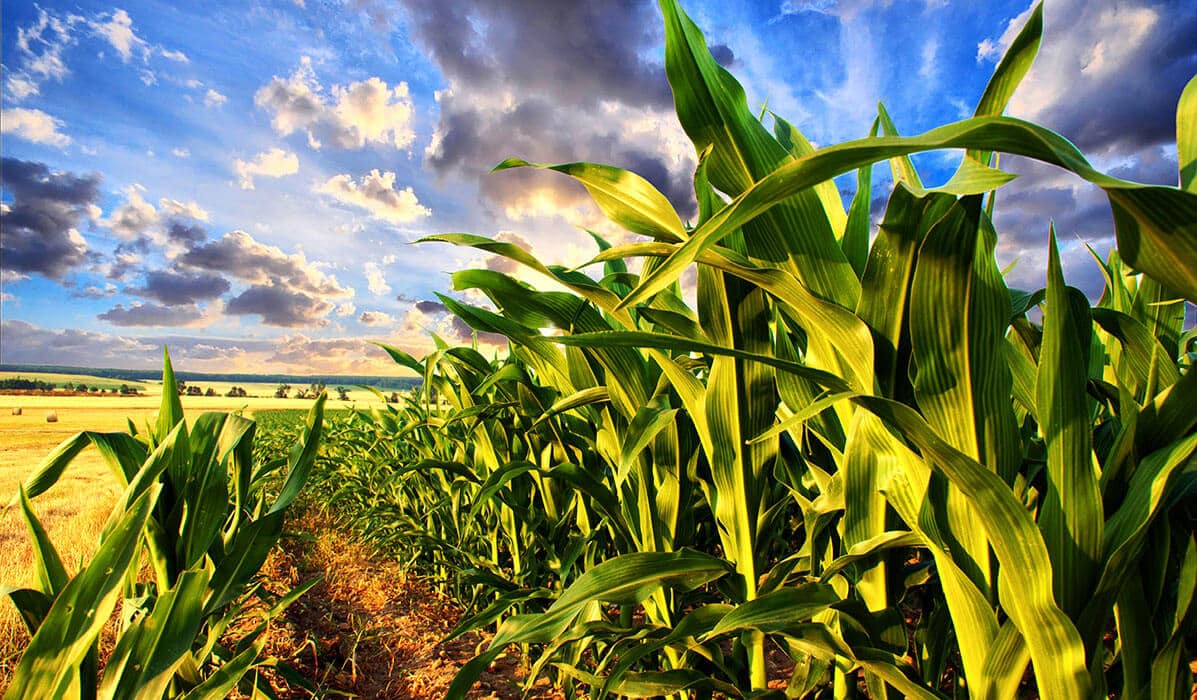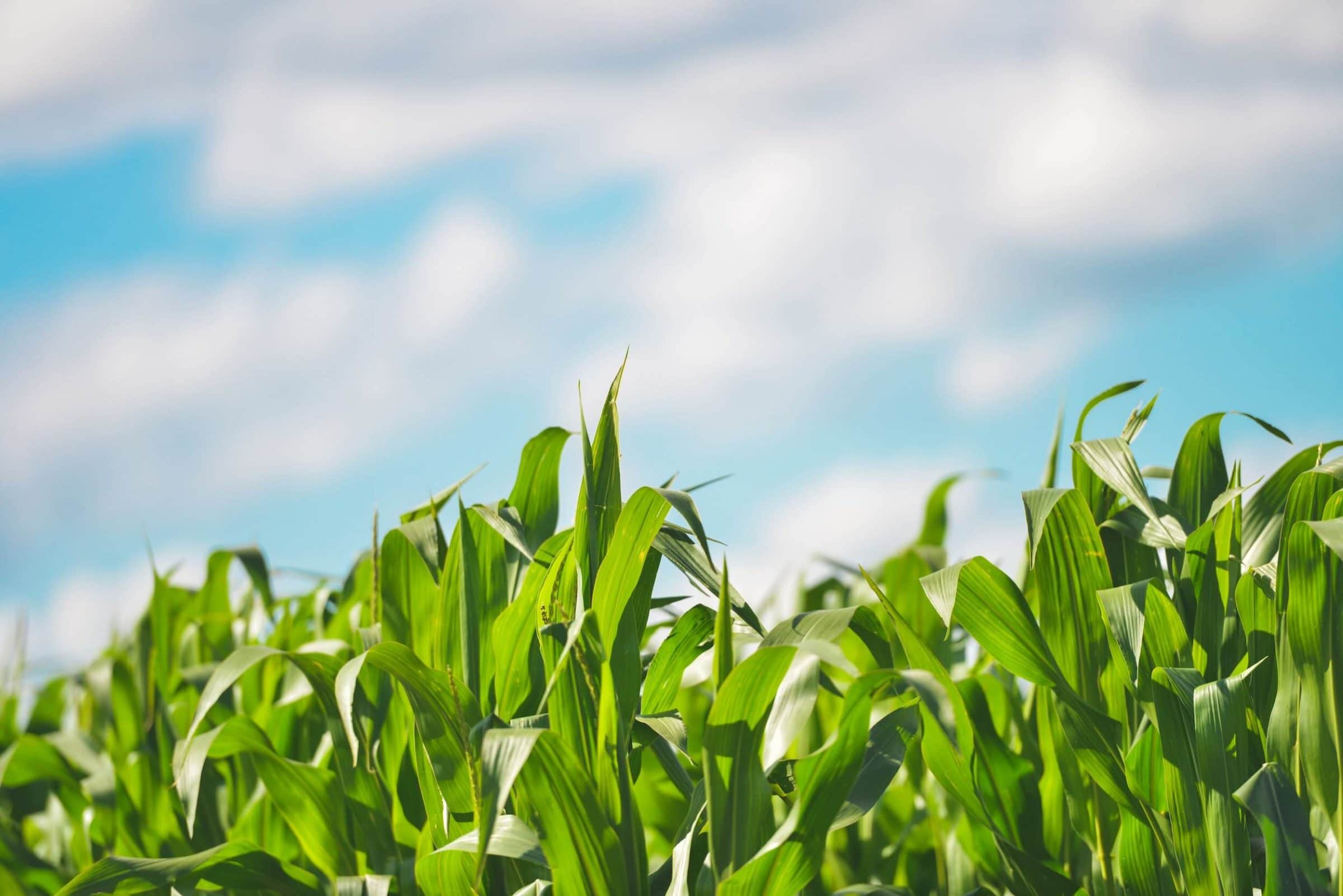
Benefit Of Seed Treatment On Early Planted Soybeans In The Northeast and New England
Before we jump into the field and start planting, we need to evaluate if our seed is ready to be placed in the ground. When we begin planting earlier than normal, there are some environmental conditions that may not be in our favor. That’s why we need to make sure we have our seed properly protected against the uncontrollable environment.
Read More
